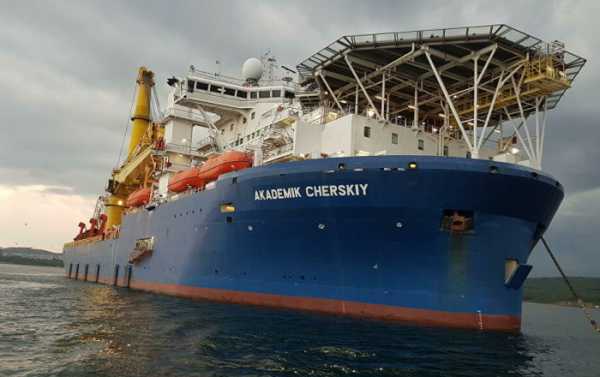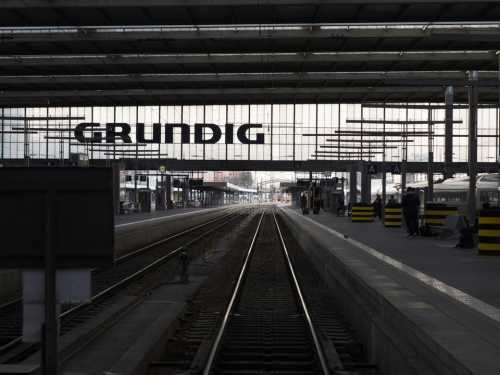
In December 2019, Russian Energy Minister Alexander Novak said that the use of the vessel Akademik Cherskiy remains one of several options to wrap up the Nord Stream 2 project, but that it will take time to prepare the ship to implement the mission.
The Gazprom-owned pipe-laying vessel Akademik Cherskiy is currently on her way to the Spanish port of Las Palmas, the ship-tracking websites Marine Traffic and Vesselfinder reported on Monday.
According to them, the ship, which left the Russian port of Nakhodka on 10 February, is due reach its destination on 18 April.
The current developments come after US President Trump authorised the secretaries of State and the Treasury Department in February to implement a portion of the country’s national defence bill that calls for sanctions against the Nord Stream 2 project.
Among the portions of the defence bill that Trump listed was Section 7503, which calls on the Treasury and State departments to identify vessels involved in laying pipes for the Nord Stream 2 project so that they can be targeted with sanctions.
Trump signed the National Defence Authorisation Act for Fiscal Year 2020 late last year, a document that stipulates sanctioning any company or individual involved in providing services on Nord Stream 2.
Putin Says Russia Can Complete Nord Stream 2 on Its Own
This followed Russian President Vladimir Putin saying at a joint press conference with German Chancellor Angela Merkel in January that the country could complete Nord Stream 2 on its own and that the only issue in this regard was timing.
Earlier, Swiss-based Allseas Group S.A., which participated in the project’s construction, announced that it would suspend work over fears of being slapped with American economic measures.
Nord Stream 2 is a joint venture between Russian energy giant Gazprom and five European companies: France’s ENGIE, Austria’s OMV, the UK-Dutch Royal Dutch Shell, and Germany’s Uniper and Wintershall.
The 745-mile twin gas pipeline will carry up to 55 billion cubic metres (1.942 trillion cubic feet) of natural gas per year from Russia to Germany, passing through territorial waters or exclusive economic zones of Denmark, Finland, Germany, Russia, and Sweden.
Sourse: sputniknews.com






